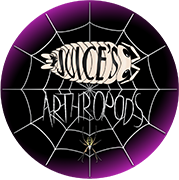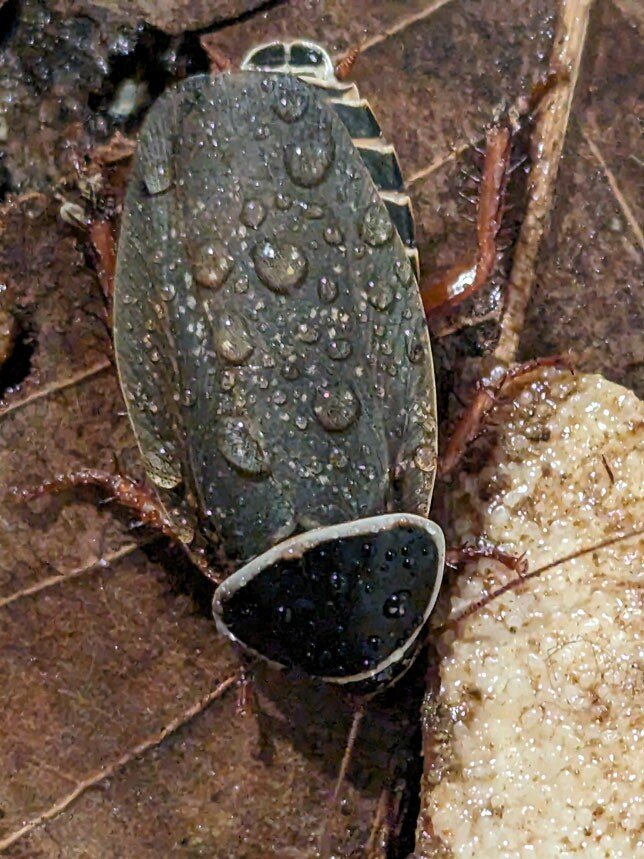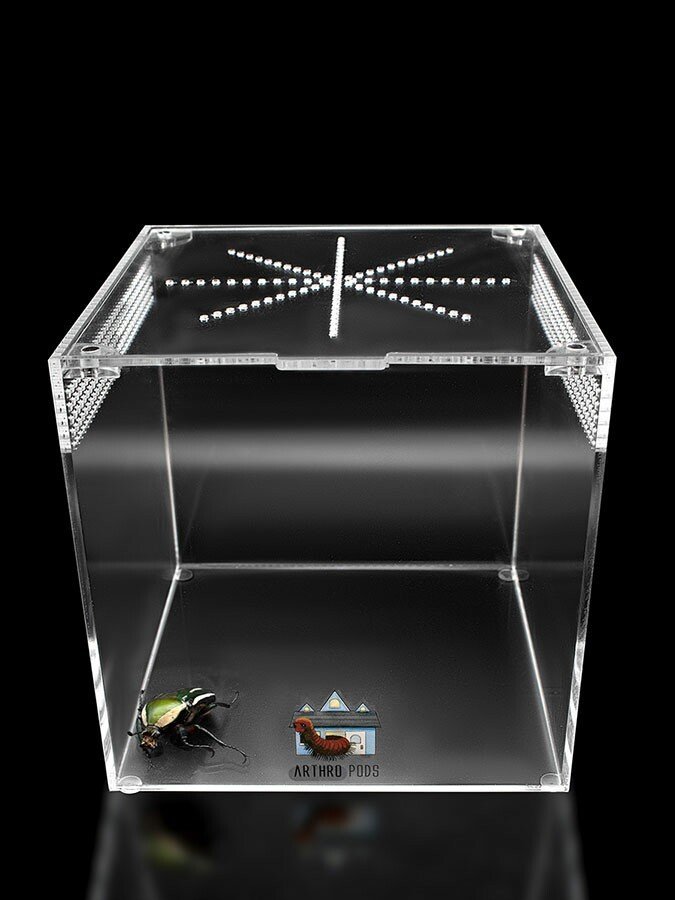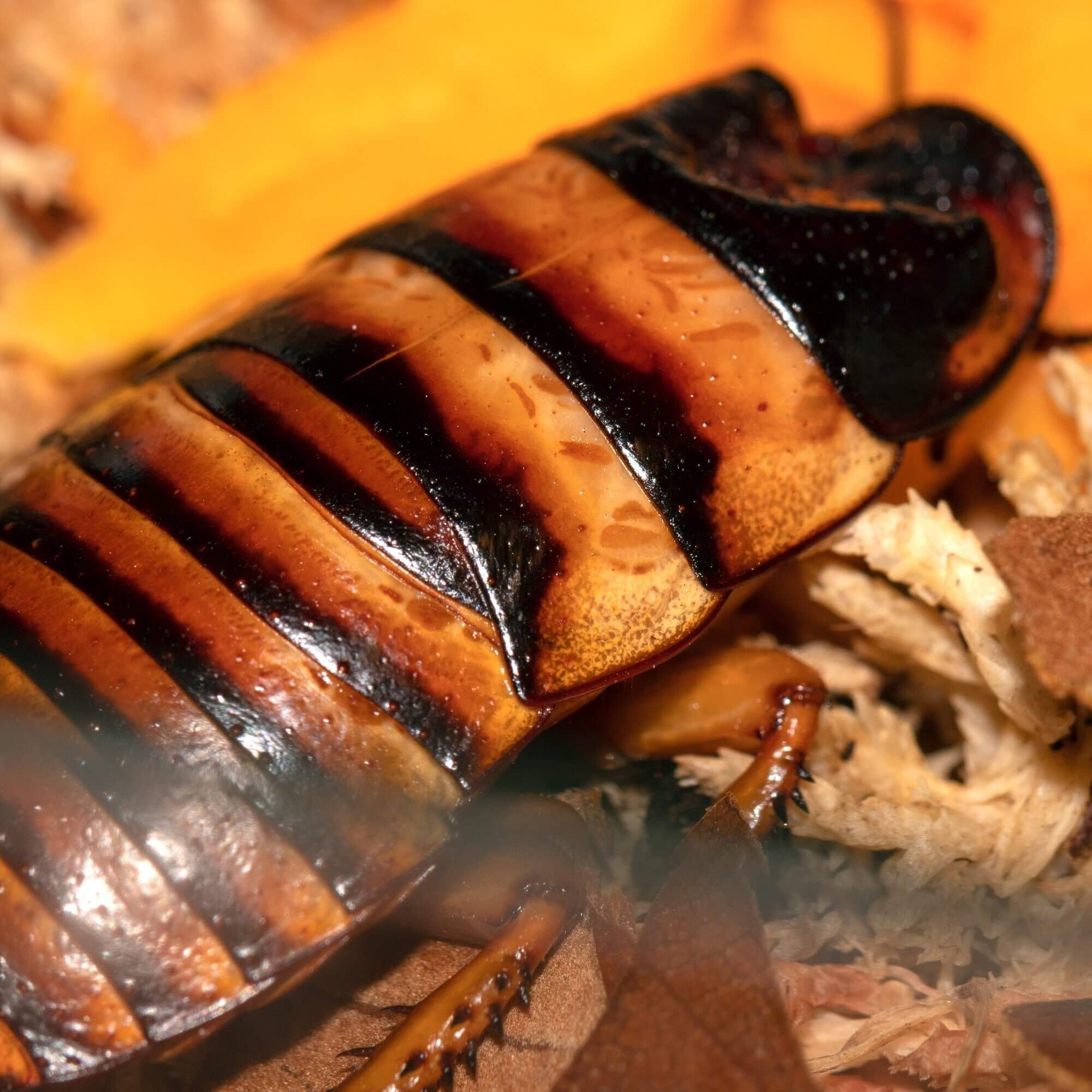Simandoa conserfarium
The story of the Simandoa conserfariam, commonly known as the "Extinct in the Wild Roach," is full of tragedy and hope. This species survived and thrived exclusively in a bauxite cave in the Simandou region of Guinea. Still, when a major mining operation came in to destroy the cave, a small sample of them was saved thanks to a conservation effort. Their efforts allowed this spectacular roach to thrive within the hobby and, to this day, are now exclusively found within the pet trade. This species is known to make some “squeaks” through strigulation and is rather elusive but makes an incredible pet.
The story of the Simandoa conserfariam, commonly known as the "Extinct in the Wild Roach," is full of tragedy and hope. This species survived and thrived exclusively in a bauxite cave in the Simandou region of Guinea. Still, when a major mining operation came in to destroy the cave, a small sample of them was saved thanks to a conservation effort. Their efforts allowed this spectacular roach to thrive within the hobby and, to this day, are now exclusively found within the pet trade. This species is known to make some “squeaks” through strigulation and is rather elusive but makes an incredible pet.
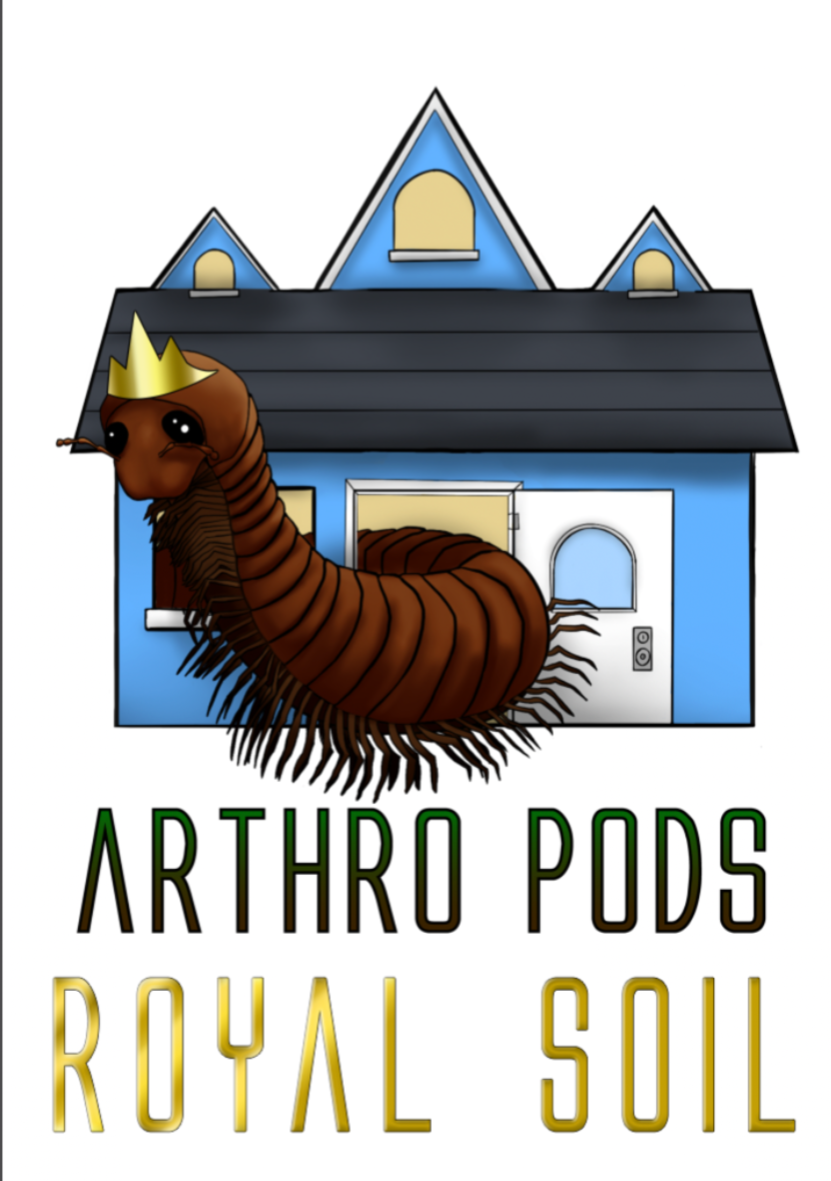

The story of the Simandoa conserfariam, commonly known as the "Extinct in the Wild Roach," is full of tragedy and hope. This species survived and thrived exclusively in a bauxite cave in the Simandou region of Guinea. Still, when a major mining operation came in to destroy the cave, a small sample of them was saved thanks to a conservation effort. Their efforts allowed this spectacular roach to thrive within the hobby and, to this day, are now exclusively found within the pet trade. This species is known to make some “squeaks” through strigulation and is rather elusive but makes an incredible pet.
What's the ideal diet for Giant Cave Roaches?
We highly recommend feeding this species a balanced diet of vegetables & proteins. Additionally, we suggest introducing cuttlebone or crushed egg shells into the enclosure for a calcium boost. For vegetables, we recommend bok choy, mustard greens, and collard greens, as well as organic butternut squash or whatever squash is easily available. Cucumbers can be given for water purposes only, but note they mold easily, and springtails must be added to the enclosure to keep the mold spores to a minimum. For proteins, we recommend dubia chow or just regular dog food, either crushed up into a paste or wet down and tossed in.
How should I keep Giant Cave Roaches?
We recommend keeping these roaches in our large Fossorial Fissure enclosure for habitats, giving them plenty of room to grow. With our magnetically fitted and sealed lid, you don’t need to worry about any offspring they have escaping. We recommend our Royal Soil blended substrate for soil. It will retain the proper moisture gradient needed and not dry out as easily as plain dirt might.
Care Guide for Simandoa conserfarium
Key Points
Diet diversity: Organic vegetables, protein mix. Offer organic butternut squash, carrots, leafy greens, and a protein mix (bug burger with nutritional yeast and calcium powder).
Humidity requirements: High moisture, regular misting. Maintain cave-like conditions with frequent misting every couple of days to keep the enclosure humid.
Temperature control: Warm environment, avoid extremes. Keep temperatures in the high 80s for breeding, but no lower than 60 degrees Fahrenheit for survival.
Lighting considerations: Low light preferred. These roaches dislike bright light, so avoid direct illumination in their enclosure.
Heating method: Side-mounted heat pad. Use an invertebrate-specific heat pad on the side of the enclosure, not underneath, to prevent overheating.
Enclosure setup: Secure containment, hiding spots. Whether using a sealed plastic container or terrarium, ensure it's escape-proof and provide cork bark for hiding.
Colony management: Moderate reproduction rate. Expect a similar breeding rate to Madagascar hissing cockroaches, with increased activity when offered fruit.
